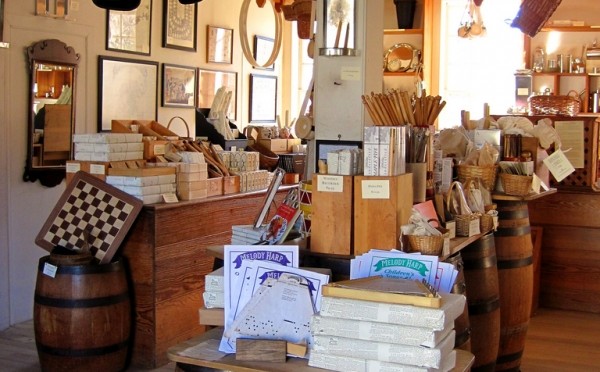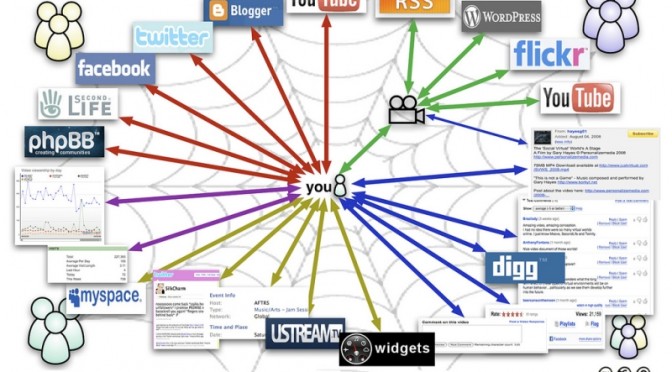As the old saying goes, “If it ain’t broke, don’t fix it.” Yet in the 21st century, its common to find businesses and blogs that distribute content constantly change their identity, products, or process behind the day-to-day operations. While the terms “revolutionizing an industry” and “innovation” are becoming the first tagline you hear when someone presents their business or products, being traditional or being innovative within reason really should be the strategy moving forward. Change in a business can be a good thing, but only when consumers react well to it.
Marcus Lemonis, who stars in The Profit on CNBC, always reiterates the importance of people, process, and product. If the process is broken it can affect how the product sells and how effective and valuable people are in their respective positions in the company. If the process isn’t broken and customers continue buying a business’ products, or viewers return watch or read content from their favorite blogs or vloggers, there is no reason to experiment to make a change. The time for experimenting was when the business or blog was getting off the ground, not during the time when your customer base is growing, or your following on social networks or blog is expanding.
Too often the business owner decides that the business needs to go in the direction that they themselves want, but all they’re doing is tainting their image and will lose customers who may never return. Consumers of any sort don’t like drastic change, especially if they enjoy what your business or blog has to offer. This also coincides with consistency. If you’re consistently posting content, and then abruptly stop for a few days, you’re not only depriving your following of something they want, but you’re giving someone else who has a similar blog the opportunity to steal your followers.
If you’re an individual blogger or a very small business, and the process behind how you operate on a daily basis is working, there is absolutely no reason to make a change. Sure, you can be more aggressive when it comes to promoting your brand, but as long as that doesn’t affect the process, you can make those necessary changes to grow your customer base.
As business owners, we see our business as something we have total control over. While that is partially true, the consumer does have the final say in how many changes you make to the business, it’s product, and process. If your blog or business is growing at a steady rate, but you want to grow exponentially, you must analyze what is currently working and put forth the energy to kickstart the growth. Remember, while it is your business, its your customers that ultimately help you pay the bills. You may want to go in the direction that you see fit, but if your customers’ visions don’t align with that, you’re going to be in for a surprise when your sales figures begin to falter or the number of views on your blog’s content begin to diminish.
You are in essence creating a tradition to go along with your brand. While your brand is what defines what your business is and how its different from other companies in its industry, the tradition of being loyal to your customers will be what carries your business to the next level. To take a page out of Marcus Lemonis’ book, the people, process, and product are the most important aspects of a business, and its your brand and tradition that defines who you are and is the image your customers see when they buy your products or visit your website.








